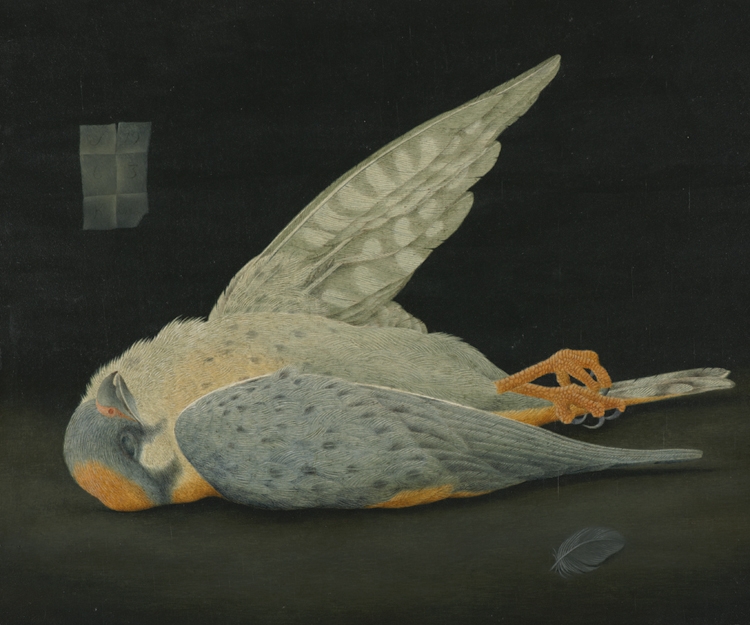How did the concept for the Double Take exhibit develop?
We feel the Kalamazoo region and West Michigan in general is very rich in the visual arts and one of the things we’re doing this year at KIA is celebrating our 90th anniversary. We have amassed a pretty distinctive and strong collection, particularly in American art, but in other areas, as well, so we wanted to find a way to highlight what we think are two great visual arts resources in Kalamazoo. That is, firstly, the KIA’s collection of art, which is now almost 4,500 pieces and secondly, to highlight and to showcase the vibrant community of visual artists that we have living here in this area.
Do you think it presents a unique challenge for an artist to create his or her own version of a piece that’s already so distinctive or well known?
Absolutely. Not every artist would have wanted to undertake a project like this. We invited 45 or 50 artists and we have 30 who are participating. So, we invited artists who we thought would respond to this kind of challenge or project. ... I’m sure we missed some great artists; there wasn’t an open call. We really spent some time thinking about artist that we were fairly confident would respond to a project like this.
What do you think the Double Take exhibition can teach us, as viewers, about how the creative process works?
Throughout history, all artists are in some way or another responding to works that have come before them and artists who have come before them. So it’s interesting to see this kind of literal comparison between an artist who really is picking up a particular work and interpreting it in some way. The statements are important, too, because the statements will help people understand a little bit about the thought process (the contemporary artist) went through and what exactly they were reacting to.
Vicki Wright is the director of collections and exhibitions at Kalamazoo Institute of Arts. Double Take: Artists Respond to the Collection will be on exhibit and opened for public tours until Jan. 4.





